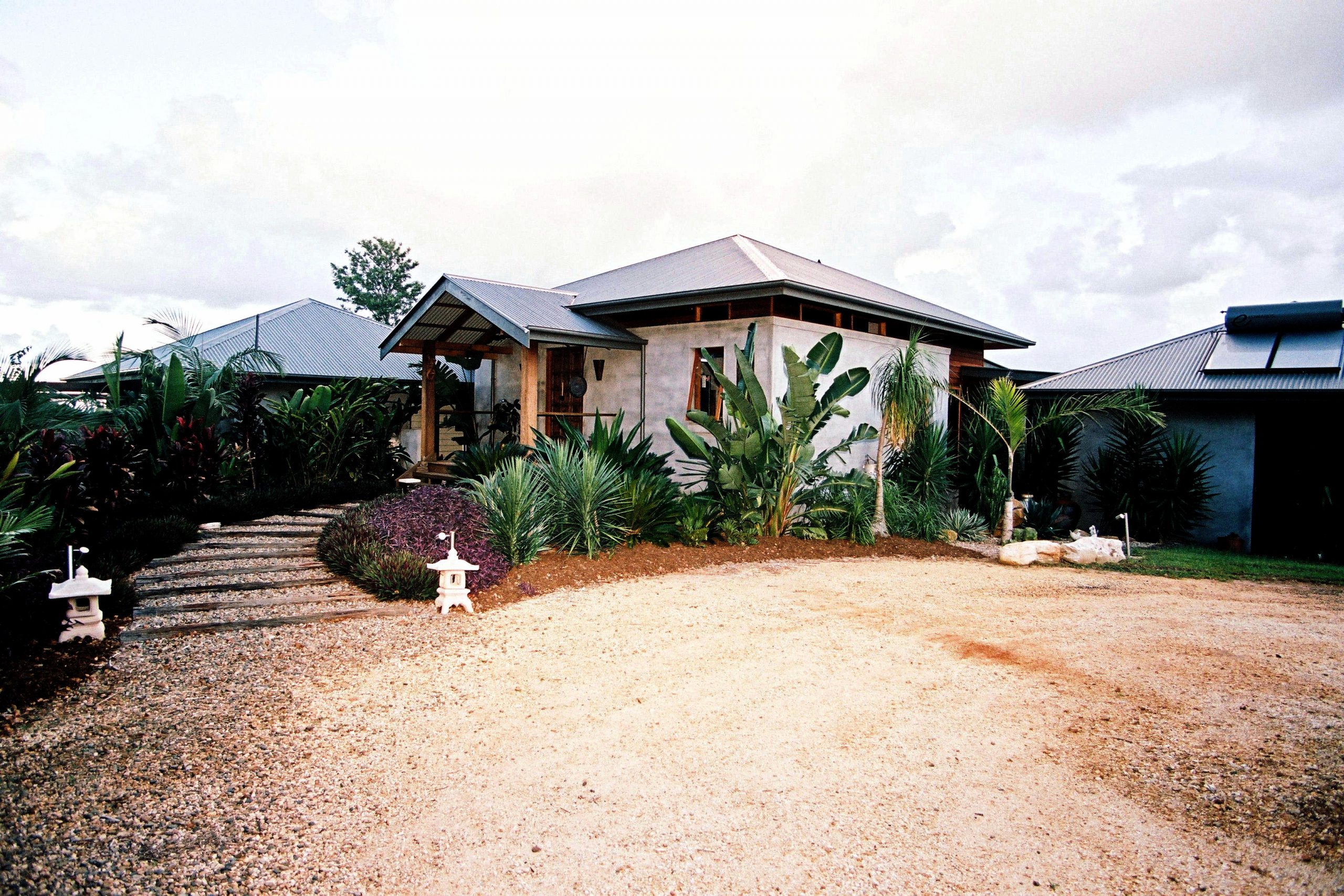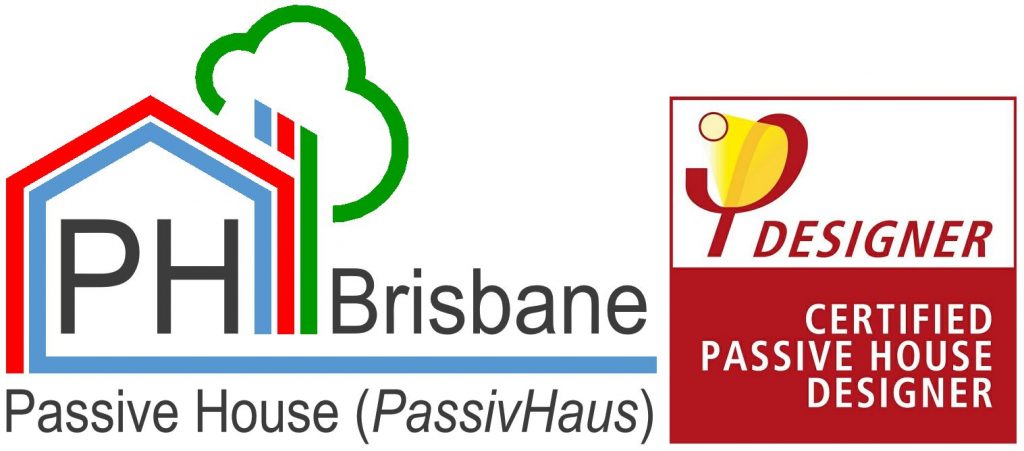
www.passivehousebrisbane.com.au

Owen Batchelor established East Coast Building Design in the early 1990’s as a design and drafting company. The focus has changed over the decades towards sustainability and energy efficient buildings.
You can visit out new website for “Passive House Brisbane” or peruse the information on this site and the many projects we have created over the years, many of which could have been made into Passive Houses very easily.
The basic design principals of Passive Houses in Brisbane are no different to well designed energy efficient traditional homes. Orientation, materials, shape, form, texture, all need to be designed for the specific project.
Please like our Facebook page for more regular updates
https://www.facebook.com/passivehousebrisbane

What is Passive House?
Passive Houses Explained by IPHA in 2018
“PassivHaus” or passive house is a German standard for healthy, sustainable, energy efficient buildings dating back to the 1990’s. International certification to this standard has evolved and is sought after world wide. The basic premise is to create buildings that require zero or minimal energy for heating and cooling, while achieving worlds best standard for interior comfort and air quality.
This is achieved with three main criteria:
1. Thermal insulation and lots of it.
2. Air tightness membranes to reduce energy loss
3. ERV – energy recovery and ventilation systems.
If you control energy gain (heat / cold), energy loss and introduce nothing but fresh filtered air at the desired temperature, the building will respond to any climate, in many cases with zero demand on electrical resources. The interior environment will be far healthier than traditional buildings, especially those that are air conditioned all day long.
Does Passive house work in SEQ?
YES, because the principals or preventing heat from escaping in cold climates is the same as preventing heat to ingress in warm climates. With proper insulation and minimal air leakage, we gain maximum control over the interior environment. Just like an esky.
Instead of needing a 10-15kW a/c for the average house in summer, a Passive House Brisbane home may only need a 2.5kW supplementary cooler for the fresh air coming into the house. The premise that air cannot leak out of the house and the envelope is insulated like an oversized esky means that what cooling you do introduce will stay inside the house where it will benefit occupants and dramatically reduce the cost of cooling on hot days. Or vice versa on cold winter nights.
This is the opposite of what happens in mainstream housing. They leak like a sieve and cost a bomb to condition.
Is it comfortable living in a sealed up esky?
Yes, because the ERV – energy recovery ventilation system is changing the air inside the house at a controlled rate, and replacing stale air with cool, filtered, fresh air, delivered to every part of the house all of the time.
This results in the following benefits:
1. Temperature controlled all year round.
2. Lower toxins (voc’s) – no residual buildup of CO2
3. Clean air – filtered of dust, pollen and smog (perfect for Asthma sufferers)
4. Dehumidified – no mould and mildew
5. Sound proof – perfect for noisy locations
6. No dust or mould also means less house work…?
7. The benefits go on forever, but the result is a much healthier environment to live or work, breathing much cleaner air.
Why are we not building houses like this already? Uptake in humid sub-tropical climates has been slow, but momentum is gaining across the world, with Australia being one of the last adopters. There are many examples where this has worked, including Vanquish House constructed in Brisbane in 2020?
Probably 80% of our housing stock is still built to the minimum standards, which in Australia is well below the required level to reduce greenhouse gas emissions imposed in many parts of the developed world. As Australians start to realize that the cost of air conditioning their ordinary house they will start to look for ways to reduce running costs and reduce their carbon footprint.
Passive House Brisbane can and will help you realize your dream of a zero energy house, so you can become a net exporter of electricity and pay back the planet, all while providing a MUCH healthier and climate controlled environment for your family to inhabit?
More Information:
The history of Passive house (PassivHaus) can be traced back to German origins in the early 1990’s, however the principals and general science behind it are much much older. see link for more details.
https://en.wikipedia.org/wiki/Passive_house
Passive House in Australia:
The uptake of Passive House Design in Australia is relatively new, and as more homes are designed in sub-tropical environments, the more we know about how they perform in warm climate locations. Owen Batchelor, director of Passive House Brisbane is a full member of the APHA.
https://passivehouseaustralia.org/
Owen Batchelor has completed the “passive house designer course” and is ready to assist potential clients who want to explore a better way to live, or have sensitivities that need extra special care and attention.
Watch this space:
Passive House Brisbane is our exciting new website to showcase the very best that 30 years of experience and award winning designs, combined with new learning around Passive House Design can bring to Brisbane.
Passive House Brisbane is your one stop shop for the next generation of sustainable, energy efficient, healthy and affordable Passive House homes.
www.passivehousebrisbane.com.au
https://www.facebook.com/passivehousebrisbane
Photo Credit: Owen Batchelor 2006. this house was designed and constructed in 2003 using renewable and energy efficient building materials, and was a state design award finalist in 2006. It could easily have been built to Passive House standards if we knew then what we know now?

